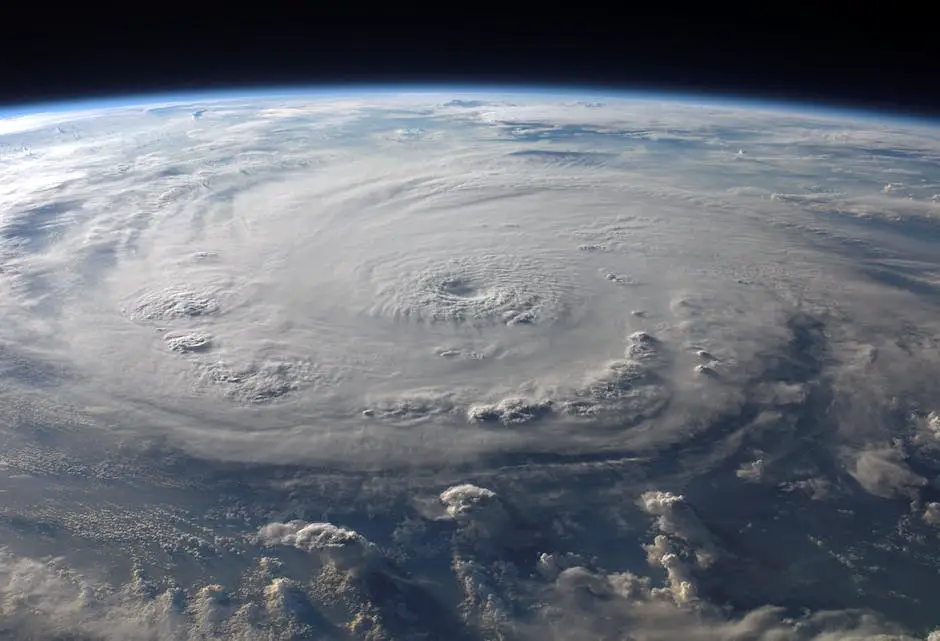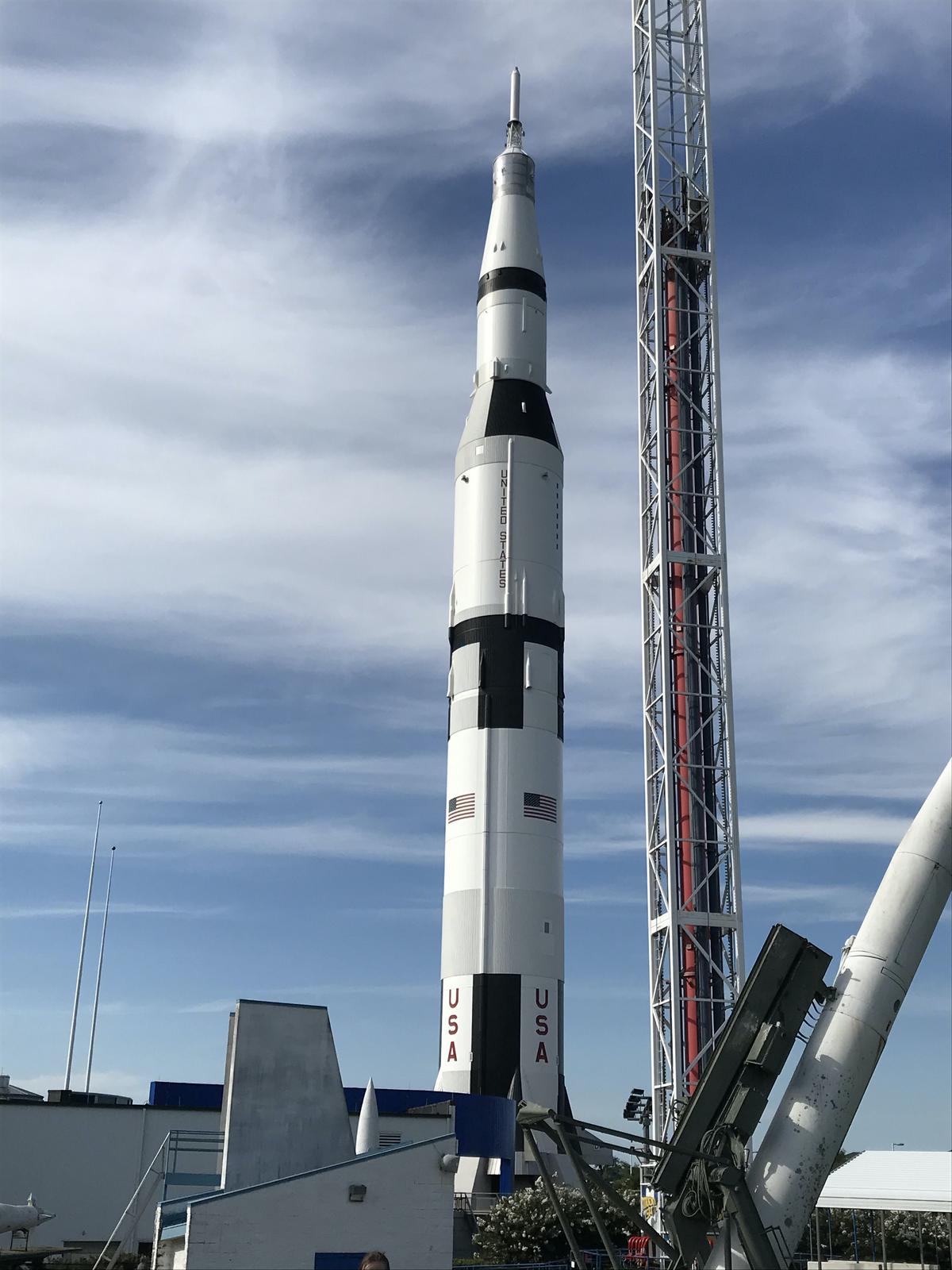History stands as a testament to humanity’s urge to explore new frontiers, pushing the limits of what was deemed possible, especially from the perspective of the Apollo Missions Timeline. One of the most notable milestones in this tireless journey of exploration is the Apollo lunar program heading from the mid-to-late 20th century.
Extending far beyond a prodigious technical feat, the Apollo missions represented a break from the terrestrial bonds, a stride not only in physical distance but also in imagination, ambition, and global cooperation.
This essay sheds light on these landmark missions, tracing their conception amid the tensions of the Cold War, profiling each mission’s quest fraught with triumph and trials, and scrutinizing the enduring impacts from scientific, technological, and cultural perspectives.
Contents
- 1 Initial Planning and Space Race
- 2 The Missions: Unpacking Each Apollo Journey
- 2.0.1 Apollo 1: Unforeseen Catastrophe
- 2.0.2 Apollo 7: Successful Start
- 2.0.3 Apollo 8: The First to Reach Lunar Orbit
- 2.0.4 Apollo 9: Testing Lunar Module in Orbit
- 2.0.5 Apollo 10: Dress Rehearsal for the Moon Landing
- 2.0.6 Apollo 11: The Historic Moon Landing
- 2.0.7 Apollo 12: Precision Landing
- 2.0.8 Apollo 13: A Successful Failure
- 2.0.9 Apollo 14: Return to Lunar Exploration
- 2.0.10 Apollo 15: First Use of Lunar Rover
- 2.0.11 Apollo 16: Highlands Exploration
- 2.0.12 Apollo 17: The Final Apollo Mission
- 3 Impact: Scientific Discoveries and Technological Advancements
Initial Planning and Space Race
Initial Planning for the Apollo Missions
The Apollo Missions program was conceived during the course of the Cold War, a conflict largely defined by a race for global supremacy between the United States and the Soviet Union. The space race formed a crucial part of this struggle, with both superpowers striving to outdo the other in terms of technological prowess and the exploration of the final frontier – space.
The Goal
Following President John F. Kennedy’s 1961 address to Congress, the United States set a bold objective for its Apollo program: “to achieving the goal, before this decade is out, of landing a man on the moon and returning him safely to the earth.” This was a monumental task considering that, at that time, only one American had been in space, and that too for 15 minutes.
Planning Process
The Apollo missions’ planning process followed a meticulously designed structure and was marked by various trials and tests. The goal was not just reaching the moon, but also developing the necessary technology to accomplish the mission safely. It began with the unmanned Apollo missions (Apollo 1 to Apollo 6), which were aimed at testing and improving the Saturn V launch vehicle and the Apollo Command and Service Module.
Unfortunately, the ambitions of the Apollo program were marked with tragedy early on when a cabin fire during a launch rehearsal test claimed the lives of all three crew members of Apollo 1. However, NASA learned from this tragedy, implementing design and safety improvements to the Apollo spacecraft.
The First Successful Mission
Success was finally achieved with the Apollo 7 mission in 1968, which was the first manned Apollo mission. It orbited the Earth for almost 11 days, testing the Command Module and accomplishing a critical confidence-building step for NASA and the American people.
Landmark Achievements
After a series of meticulous and careful preparation, Apollo 11, launched in 1969, accomplished the mission’s goal of landing men on the moon and returning them safely. Astronauts Buzz Aldrin and Neil Armstrong became the first humans to set foot on the moon.
Subsequent Apollo missions advanced the scientific understanding of the moon, its geology, and gave us profound insights into the origins of the solar system.
The Dawn of Exploration
The Apollo missions, products of human spirit and ingenuity, symbolize our unceasing attempts to uncover the mysteries of the final frontier. Not only did these missions mark an incredible leap for mankind, but they also signified a monumental accomplishment in the space race.

The Missions: Unpacking Each Apollo Journey
Apollo 1: Unforeseen Catastrophe
The first mission of NASA’s Apollo program, Apollo 1, was marred by disaster before lift-off. Slated for an early 1967 launch, the team, made up of astronauts Virgil I. Grissom, Edward H. White and Roger B. Chaffee, were to lay the groundwork for eventual lunar expeditions. Instead, in a fatal twist of events, a cabin fire erupted on the launch pad during a training session on January 27, leading to the untimely death of all crew members. This tragedy necessitated a meticulous revamp of design and safety protocols, consequently delaying the program’s initial timeline.
Apollo 7: Successful Start
Apollo 7 was the first successful Apollo mission that launched on October 11, 1968. It had a three-man crew, including Walter M. Shirra, Donn F. Eisele, and R. Walter Cunningham. The crew tested the Apollo command and service module (CSM) in an Earth orbital flight. Objectives also included live television broadcasts from orbit and testing the lunar module (LM), which proved important in the missions that would land on the moon.
Apollo 8: The First to Reach Lunar Orbit
Just two months after Apollo 7, on December 21, 1968, Apollo 8 was launched. The crew, James A. Lovell, William Anders, and Frank Borman were the first humans to travel beyond low Earth orbit, reaching the moon. However, the landing was not part of this mission’s objectives. The crew successfully orbited the moon and returned safely to Earth, paving the way for future lunar landing missions.
Apollo 9: Testing Lunar Module in Orbit
The Apollo 9 mission, launched on March 3, 1969, was the first to carry the full Apollo stack into orbit, including the lunar module. The crew, James A. McDivitt, David R. Scott, and Russell L. Schweickart tested every aspect of a real lunar landing, except for the landing itself, even simulating a moonwalk.
Apollo 10: Dress Rehearsal for the Moon Landing
Apollo 10, was launched on May 18, 1969, with a crew consisting of Thomas P. Stafford, John W. Young, and Eugene A. Cernan. This mission practically did everything Apollo 11 did, except for landing on the moon. The lunar module descended to just 8.4 nautical miles above the lunar surface and evaluated the performance of rendezvous radar devices in the lunar environment.
Apollo 11: The Historic Moon Landing
Apollo 11, the mission that made history, was launched on July 16, 1969. Neil A. Armstrong, Michael Collins, and Buzz Aldrin formed the crew. They successfully landed on the moon on July 20 and Armstrong took the famous “giant leap for mankind” becoming the first human to walk on the moon.
Apollo 12: Precision Landing
Apollo 12 was launched on November 14, 1969, piloted by Charles Conrad, Alan L. Bean, and Richard F. Gordon. The mission made a successful precision landing on the moon, enabled by a series of design improvements following the Apollo 11 mission.
Apollo 13: A Successful Failure
Apollo 13 mission, launched on April 11, 1970, was a “successful failure” as it failed to land on the moon but successfully returned the crew safely to Earth. Crew members were James A. Lovell, John L. Swigert, and Fred W. Haise. An oxygen tank exploded, causing severe damage to the service module which hindered the lunar mission but demonstrated the effectiveness of teamwork and problem-solving under pressure.
Apollo 14: Return to Lunar Exploration
After the Apollo 13 episode, Apollo 14 returned to lunar exploration in 1971. Alan B. Shepard, Stuart A. Roosa, and Edgar D. Mitchell made up the crew, with Shepard and Mitchell becoming the 5th and 6th men to walk on the moon.
Apollo 15: First Use of Lunar Rover
Apollo 15, launched on July 26, 1971, marked several firsts in the program. Crewed by David R. Scott, James B. Irwin, and Alfred M. Worden, this mission was the first to use the Lunar Roving Vehicle, enabling wider lunar surface exploration.
Apollo 16: Highlands Exploration
Apollo 16 launched on April 16, 1972, with John W. Young, Thomas K. Mattingly, and Charles M. Duke as the crew. This was the penultimate Apollo mission and explored the highlands of the moon for the first time.
Apollo 17: The Final Apollo Mission
The final Apollo mission, Apollo 17, launched on December 7, 1972. Crewed by Eugene A. Cernan, Harrison Schmitt, and Ronald E. Evans, it was NASA’s last mission to the moon in the 20th century. Schmitt, a geologist, become the first professional scientist to walk on the moon during this mission.
The Apollo missions, echoing from 1961 to 1972, changed our perception of the universe. It was these ventures that truly established humanity as a species that could venture beyond the confines of our atmosphere and step foot on a completely different celestial body. The missions were not only a testament to our capabilities but also opened opportunities for enormous scientific discoveries.

Impact: Scientific Discoveries and Technological Advancements
Exploring Lunar Wonders through Apollo Missions
As we embarked on exploring our silvery satellite through the Apollo missions, a plethora of revelations about the Moon’s composition and history were brought to light. The astronauts’ collection of lunar samples proved invaluable in uncovering evidence of past volcanic activity on the Moon, something never imagined before.
Plus, these samples also provided crucial backup to the Giant Impact Hypothesis, which suggests the Moon may be a chunk of early Earth, hurled into orbit by an incredible collision with a celestial body as big as Mars.
Moreover, the detection of helium-3, a rare testament here on Earth but generously scattered across the lunar surface, is particularly compelling. This particular isotope, if harnessed, holds the promise of fuelling clean and efficient nuclear fusion reactors in the future.
Complementing these findings, seismic and radar data collected using devices left on the Moon’s surface have corrected our misconceptions about Earth’s natural satellite. Contrary to the previous conjecture of a cold, lifeless entity, the evidence showed the existence of a smaller, albeit hot, molten core, and a significantly thinner crust compared to Earth.
Technological Advancements and Influence on Space Exploration
To make these lunar missions possible, NASA had to rapidly accelerate technological development. The Apollo Guidance Computer, developed for the Apollo missions, is considered one of the first real-time, digital computer systems. It was also the precursor to the ‘fly-by-wire’ systems used in modern aircraft and spacecraft.
Furthermore, the initiative led to significant improvements in telecommunication technologies. Advanced satellite communication was needed for real-time contact between astronauts on the lunar surface and mission control on Earth. This has had far-reaching impacts on the global telecommunication and broadcasting industries.
Beyond technology, the success of the Apollo missions provided the impetus for future space explorations. These missions served as a technological demonstration and set a milestone for future lunar and interplanetary missions.
Societal and Cultural Impact
The Apollo missions not only achieved scientific and technological advancements but also had profound societal and cultural impacts. Images of the Earth rising over the lunar horizon, famously known as ‘Earthrise,’ changed societal consciousness by sparking the realization of Earth’s fragility.
The missions fueled a sense of global unity and human achievement, capturing the world’s imagination about space exploration. They inspired a generation of engineers, scientists, and astronauts and played a crucial role in stimulating STEM (Science, Technology, Engineering, and Math) education.
In conclusion
The Apollo missions have left an enduring legacy in our scientific understanding, technological growth, and the way we perceive our place in the universe. Today, with plans for manned lunar missions by NASA and other international space agencies, the Apollo missions’ learnings remain at the forefront of space exploration.

Photo by lucasjuhhh on Unsplash
The grandeur of the Apollo missions transcends their historical and engineering facets, marking a paradigm shift in our understanding of the universe. These collective voyages to the moon illuminated far more than our closest celestial cousin’s secrets, catalyzing technological leaps and sparking a curiosity that would chart the course of future space exploration.
Even beyond the moon’s craters and highlands, the Apollo missions unmasked something truly humbling – our place in the cosmos. As we continue to push the boundaries of space exploration, like the brave Apollo astronauts before us, may we be guided by their spirit of curiosity, bravery, and exploration.

With a passion for unraveling the mysteries of the moon, Dr. Luna Sterling is a highly-respected astrophysicist, a dedicated lunar enthusiast, and a captivating blogger. After earning her Ph.D. in Astrophysics from the Massachusetts Institute of Technology (MIT), she served as a lead scientist and mission planner for NASA, contributing significantly to various lunar missions.
For over two decades, Luna has been at the forefront of lunar science, pushing boundaries and pioneering discoveries that have enriched our understanding of the moon’s geological history. However, it’s her infectious enthusiasm for all things lunar that truly sets her apart.
In an endeavor to bring the moon closer to everyone, Luna started her blog, “Luna’s Lens: A Closer Look at the Moon.” With this platform, she offers a unique blend of intriguing moon facts, updates on lunar missions, and personal anecdotes from her experiences in the field, all told in an engaging and accessible manner.
Luna’s unique blend of scientific expertise and warm, humorous writing style has transformed complex astrophysics into compelling narratives that captivate her audience. As a gifted communicator, she leverages her knowledge and experience to relate scientific facts to everyday life, thus making her blog a must-read for both seasoned space enthusiasts and curious newcomers.
Interactive and inviting, Luna frequently encourages reader engagement through thought-provoking discussions and a monthly ‘Ask Dr. Luna’ feature, where she personally answers questions about the moon and space exploration. A celestial storyteller at heart, Dr. Luna Sterling’s passion for the moon is as vast as the cosmos she explores, making her an invaluable beacon in the world of lunar science.
